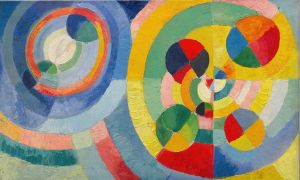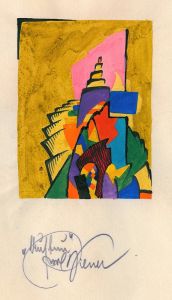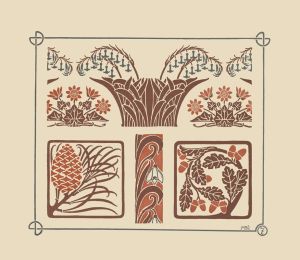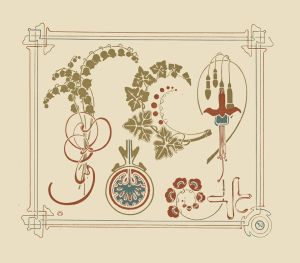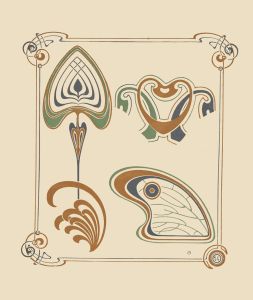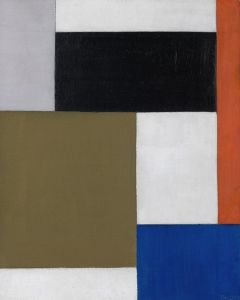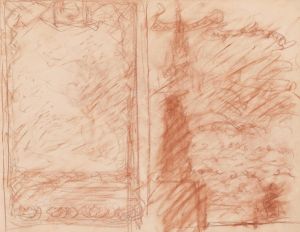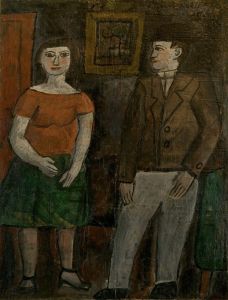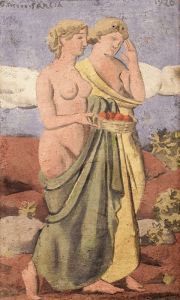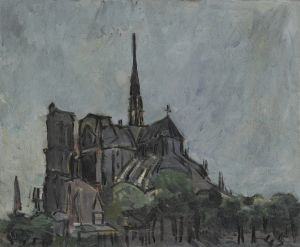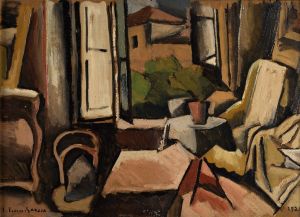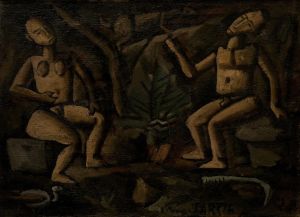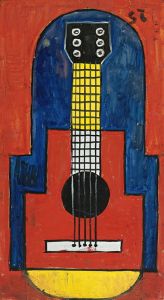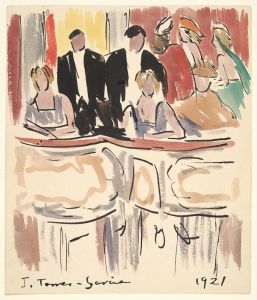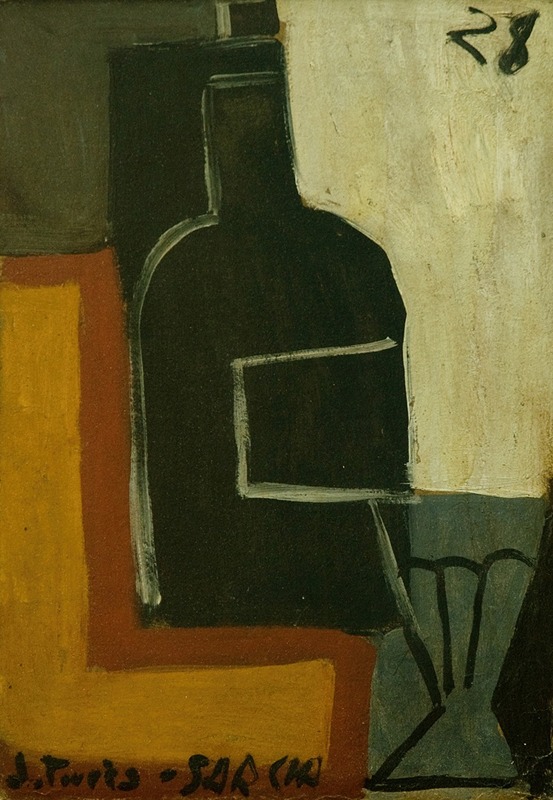
Pintura
A hand-painted replica of Joaquín Torres-García’s masterpiece Pintura, meticulously crafted by professional artists to capture the true essence of the original. Each piece is created with museum-quality canvas and rare mineral pigments, carefully painted by experienced artists with delicate brushstrokes and rich, layered colors to perfectly recreate the texture of the original artwork. Unlike machine-printed reproductions, this hand-painted version brings the painting to life, infused with the artist’s emotions and skill in every stroke. Whether for personal collection or home decoration, it instantly elevates the artistic atmosphere of any space.
Joaquín Torres-García was a prominent Uruguayan artist known for his contributions to modern art and his role in the development of Constructivism in Latin America. Born in 1874 in Montevideo, Uruguay, Torres-García spent much of his early career in Europe, where he was influenced by various avant-garde movements. His work is characterized by a unique synthesis of European modernism and Latin American cultural elements.
"Pintura" is one of the many works by Joaquín Torres-García that exemplifies his mature style, which he developed after returning to Uruguay in the 1930s. During this period, he founded the "Taller Torres-García," an influential art workshop that played a crucial role in the dissemination of Constructivist ideas in South America. His art from this time often features a grid-like structure filled with symbolic and abstract forms, reflecting his interest in universal symbols and a desire to create a visual language that transcends cultural boundaries.
Torres-García's work, including "Pintura," is marked by the use of a limited color palette and a focus on geometric shapes. He often incorporated symbols such as fish, suns, and boats, which he believed had universal significance. These elements are arranged within a structured grid, a hallmark of his Constructivist approach. This method was intended to create a sense of order and harmony, reflecting his belief in the interconnectedness of all things.
The artist's philosophy was deeply rooted in the idea of "Constructive Universalism," a concept he developed that sought to merge the rationality of Constructivism with the spiritual and symbolic aspects of ancient American art. This philosophy is evident in "Pintura," where the interplay of abstract forms and symbolic imagery creates a composition that is both modern and timeless.
Torres-García's influence extended beyond his own work; he was a teacher and mentor to many younger artists in Uruguay and throughout Latin America. His emphasis on the importance of cultural identity and the integration of local traditions with modernist techniques had a lasting impact on the development of art in the region.
While specific details about the painting "Pintura" might not be extensively documented, it is representative of Torres-García's broader body of work, which continues to be celebrated for its innovative approach and cultural significance. His legacy is preserved in numerous collections and exhibitions worldwide, and his ideas continue to inspire artists and scholars interested in the intersections of modernism and cultural heritage.
In summary, Joaquín Torres-García's "Pintura" is a testament to his pioneering vision and his commitment to creating art that bridges cultural divides. Through his unique blend of abstract forms and symbolic content, Torres-García crafted a visual language that remains influential in the discourse of modern art.





